ICP-LEA
Praktiserar du det ledarskap du strävar efter? Att bli den ledare du vill vara sker inte av en slump, utan genom att ständigt arbeta med att utveckla sig själv och växa som person. Om du vill inspirera till förändring hos andra behöver man börja med att själv vara den förändring du vill se.
Agilt ledarskap handlar om att skapa en miljö där varje individ kan prestera på topp. För att kunna leda andra måste vi först förstå oss själva och nyckeln till effektivt ledarskap börjar med självledarskap. Förbättra dina ledaregenskaper genom att utveckla en anpassningsbar och flexibel ledarstil.
Innan du kan leda andra effektivt behöver du förstå självledarskapets värde, vara medveten om dina egna fördomar, inse hur ditt beteende påverkar andra och förstå kommunikationens avgörande roll i relationer.
Denna kurs ger dig djupare insikter i ditt eget beteende, varför du agerar som du gör, och hur du kan använda denna självkännedom i interaktioner med andra.
Du kommer att lära dig:
Vår kurs är tillgänglig som en dynamisk 2-dagars workshop eller 10 engagerande 2-3-timmars online-sessioner. Kursen ger dig en professionell certifiering i Agility in Leadership with Agile People och ICAgile.
Att investera i sin egen personliga och yrkesmässiga utveckling blir alltmer centralt. Denna kurs riktar sig till dig som innehar en ledande position och som önskar stärka din roll, eller till dig som siktar på att bli en ledare i framtiden.
Kursen ger dig ny kunskap, verktyg och det mindset som behövs för att driva effektiva resultat, bygga solida relationer och skapa en positiv, anpassningsbar arbetsmiljö. Du lär dig utveckla situationsanpassade ledaregenskaper och hjälper dig att hantera dagens dynamiska affärslandskap. Stärk dina karriärutsikter och bli en del av ett professionelt nätverk som praktiserar ett ledarskap där individens utveckling står i centrum.
I våra interaktiva gruppsessioner består lärandet av att dela erfarenheter, reflektioner, och åsikter, och den teoretiska delen får du via vårt Learning Management System (LMS).
Ta det första steget mot att bli den ledare du önskar bli.
Vem passar kursen för?

Ledare på alla nivåer som ser värdet av att utveckla en samarbetsorienterad, människocentrerad organisation och som är engagerade i att utveckla sina team

Agila coacher som vill lära sig mer om den mänskliga aspekten av agila arbetssätt för att bättre kunna bygga effektiva team och samarbete i organisationer.

Konsulter som vill fördjupa sin agila förståelse för att bättre kunna stödja kunder i agila omställningar.

HR-medarbetare på alla nivåer som vill förstå och utveckla processer och ledarskap som sätter människan i centrum.

Nyfikna personer som konstant önskar lära sig nya tankesätt och som tror på organisationer som sätter människan i centrum.
Vad gör våra kurser & utbildningsprogram unika

Våra utbildningar lägger stor vikt vid interaktivt lärande. Genom engagerande gruppdiskussioner lär vi oss av varandra, där varje kursdeltagare bidrar med sina erfarenheter, reflektioner och synpunkter i en gemensam dialog.
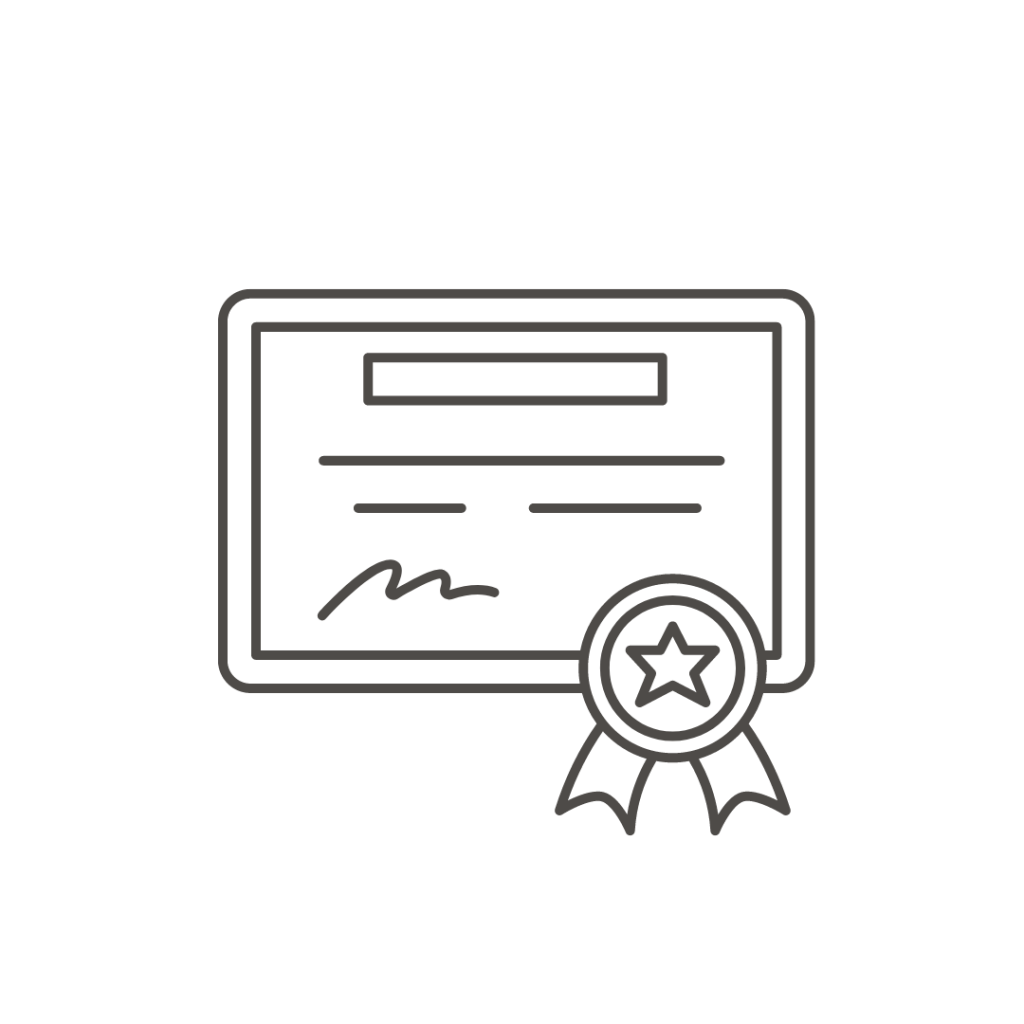
Kursen leder till en Professional Certification med Agile People och ICAgile. Alla våra utbildningar är ackrediterasde av ICAgile, ett ledande globalt ackrediterings- och certifieringsorgan, något som säkerställer en kvalitativ inlärningsupplevelse och resultat

Som deltagare i våra kurser och workshops får du tillgång till vårt Learning Management System (LMS). Där kan du fördjupa dig i teori och tillägna dig nya kunnskaper i din egna takt.

Utbildningen ger dig nya färdigheter och praktiska verktyg, samtidigt som du skapar värdefulla kontakter. Vi arrangerar regelsbundet olika webinarer för att ytterligare berika din lärandeupplevelse.
Mer information om kursen
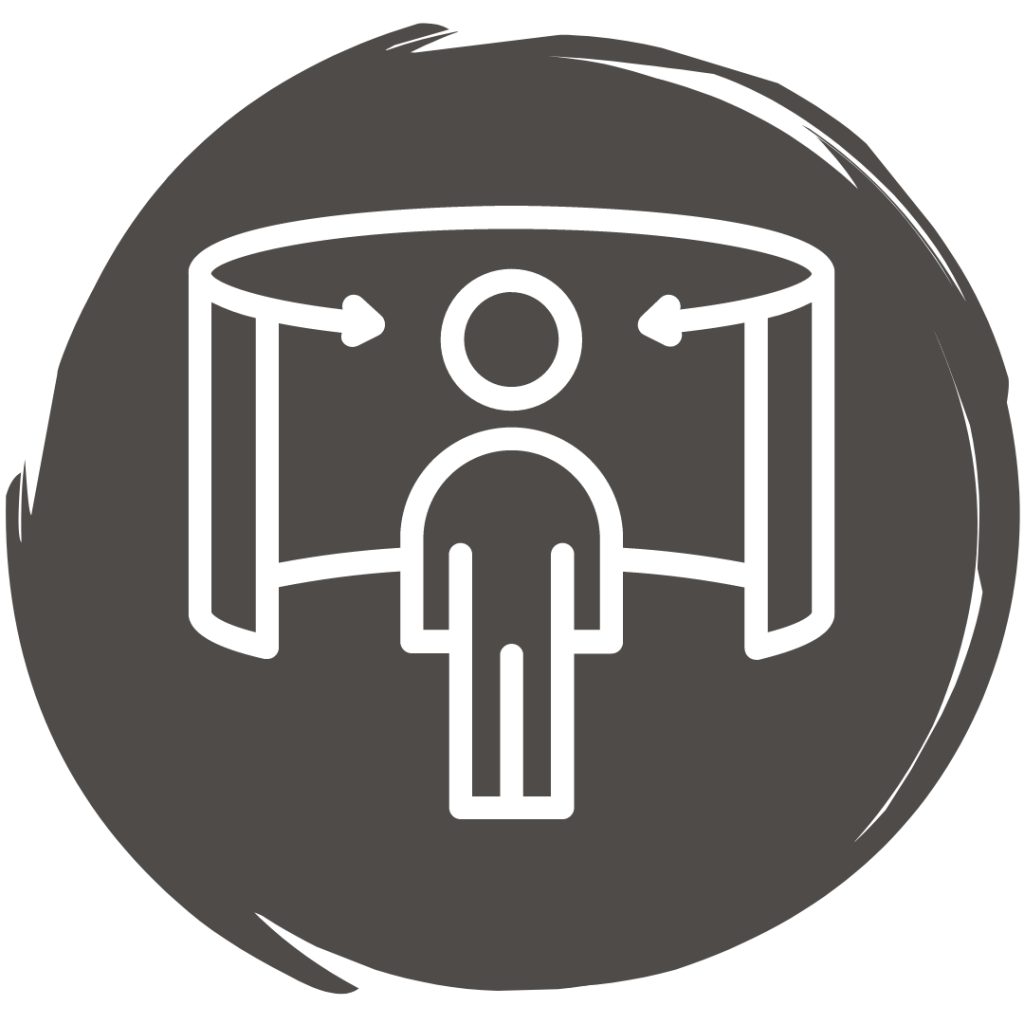
Workshoparna online och på plats omfattar tio huvudämnen och beskrivs mer detaljerat i vår kursbeskrivning.

Utbildningen täcker tre olika perspektiv, individ, team och organisationsnivå.
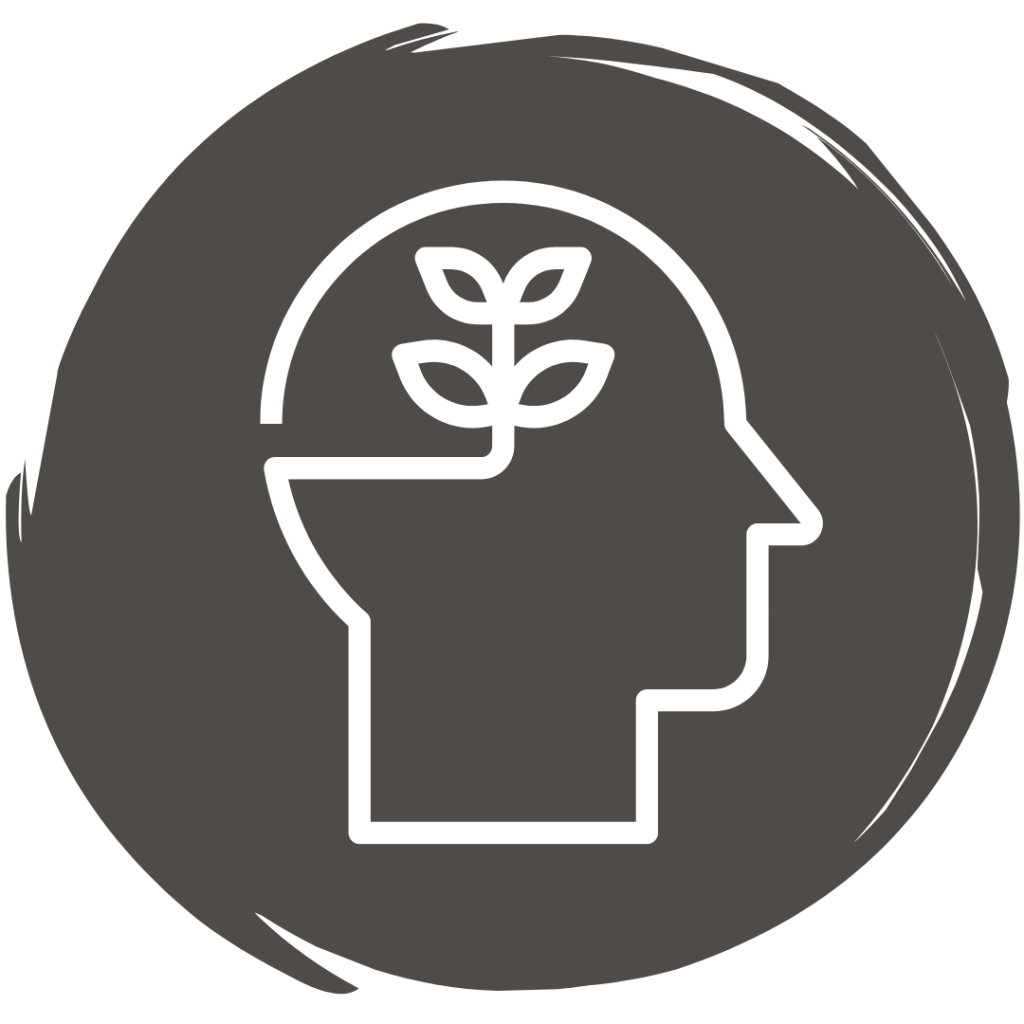
ICAgile ackrediterar våra kurser och program, och alla våra kurser har ett detaljerat beskrivning av lärandemålen.
Andra kurser

Bryggvägen 21
117 71 Stockholm
Sverige
Organisationsnummer: 559002-6836
Momsregistreringsnummer: SE559002683601
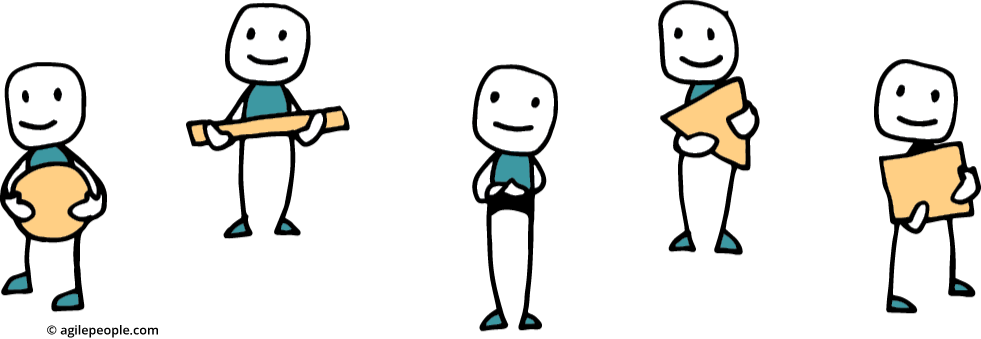
Copyright © 2023 Agile People AB.
Alla rättigheter förbehållna.
Sekretesspolicy | Användarvillkor |
Sverige
This course is divided into two parts, Agile People Fundamentals and Leading With Agility, and each part has five engaging sessions. Uncover the essential principles and practices of Agile People Fundamentals, followed by a deep dive into Leading With Agility.
Agile People Fundamentals
Session F1: Introduction to Agile People and Important Principles/Tools
The foundation of Agile Peoples’ mindset is about the principles, values, methods, and tools we need to start using to release competence and innovation – and what we stop doing. We discuss your challenges and go through the certification assignment. This session is an introduction to the agile way of working and thinking.
Session F2: Psychological Safety as a Foundation for a Learning Organization
The importance of an approach that is permeated by security and confidence to increase profitability and innovation is emphasized in this session – we need psychological safety to increase creativity through a culture where it is ok to fail fast and try again. We play “The Psychological Safety Game” to facilitate the dialogue about complex topics.
Session F3: Emerging Strategies, Structures, and Goals
Emerging strategies instead of long-term planning, new ways of working with strategy, budgets, goals, performance processes, and rewards. Using value stream mapping to optimize flows in a system instead of working with resource optimization and sub-optimization of departments. Mindset Slider exercise. WoWs to be used: Beyond Budgeting, OKRs, Impact Mapping, VSM, etc.
Session F4: Building Conditions for an Agile Culture
In this session, we explore how you can create conditions for a fantastic culture where people can perform at their optimal level, feeling supported and secure. The gap between structures and culture/values is discussed. Structure – Culture Misfit Role Play. The importance of country culture for an Agile transformation.
Session F5: Creating Conditions for Change
In today’s fast-moving and complex environments, we are challenged as people and as organizations to be much more responsive and adaptable to have the capacity to navigate in complexity. How can we make sense of things when things keep changing? How can we make decisions and act when we don’t have all the information we need most of the time?
In this module, we explore VUCA, try out a sense-making and decision-enabling framework for leaders (CYNEFIN), and explore what enables our organizations to become genuine learning organizations.
Talent Acqusition
Leading With Agility
Session L1: The Why & What of Leading with Agility
In this session, we explore the changing environment & dynamics that call for a different leading and following approach. We look into the misalignment between what managers think drives their people and what people – knowledge workers – expect from managing and leading them. Finally, we explore our understanding and expectations. What are some of the attitudes, expectations, and concrete behaviors we hope to see from people who lead with agility?
Session L2: Behaviors that Enable Agility
When you wish to make a radical change or transformation, understanding three things enables you to shift. Where are we coming from, where are we now, and where are we heading toward? This session explores the evolution of leadership theories and which leadership styles and approaches they have given birth to. We determine what is still relevant. And what needs to change. A big part of that shift comes from understanding the nature of Power & Influence and how we gain power might be changing. Finally, we look into specific qualities & competencies we can cultivate and develop to increase our agility.
Session L3: Knowing & Connecting with Yourself
If we cannot understand and embrace ourselves, we have little hope for fully understanding and accepting others. Understanding why we react to things in specific ways gives us the insights and ability to choose our responses better and change how we show up in our interactions. Leading others starts with developing our self-leadership. In this session, we explore ways to map and become more aware of our own experiences. We dive into heuristics – cognitive biases – to understand how they work and influence our thinking, how we can become more aware of them, and, most importantly, how we can counter them. Finally, we explore specific leadership mind-traps and how we can unlock those mind-traps to show up in better ways as leaders.
Session L4: Developing & Leading Ourselves
Having gained some insights into how we can know and connect with ourselves to choose how we respond to situations and show up in our interactions with others, it’s now time to put that into practice. We familiarise ourselves with the Clear Leadership model developed by Gervase Bushe and create the leader’s four selves. The Aware Self, the Descriptive Self, the Curious Self, and the Appreciative Self. We explore several different contexts where we can put these into practice. To better check in with people, give and receive effective feedback, step into coaching leadership, and defuse conflicts through creating interpersonal clarity.
Session L5: Skillful Communication
Communicating effectively, relating to others, creating and maintaining healthy interactions, having productive conversations, and ultimately influencing others require both practice and an understanding of the dynamics of effective communication. In this session, we work on the dynamics of effective communication through the lenses of several mental models, the dynamics of productive conversations, and the power of compelling storytelling to move and influence others. We explore three types of stories we can learn to identify and narrative patterns that help you tell compelling stories as a leader.
The Training Cover Three Perspectives:


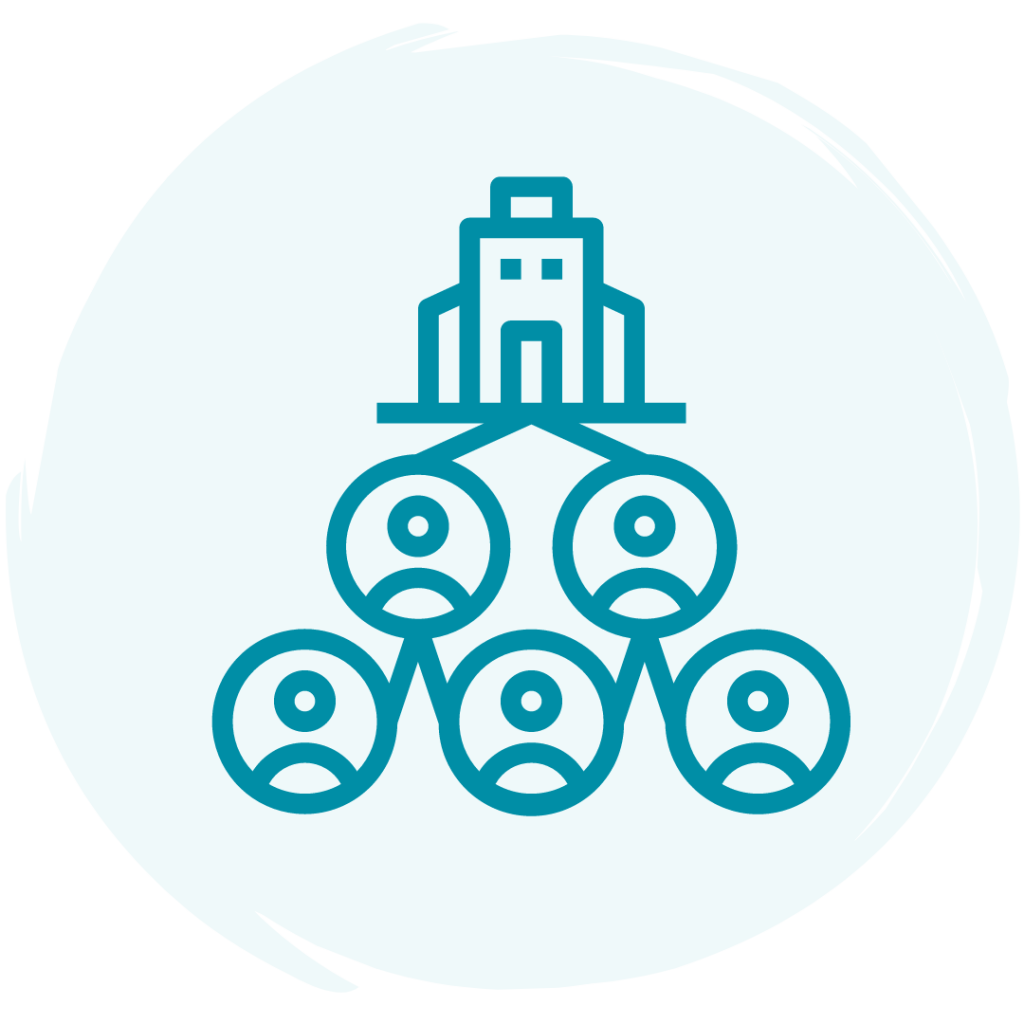
Why And What Of Leading With Agility
New Organizational And Leadership Capabilities We Need Today
Behaviors That Increase Agility
Developing Personal Agility
Developing Self As an Instrument
Developing Self As Leader
Developing Relationship Agility
Exercising Agility In Key Conversations
Leading To Agility
Organizational Transformation And Agility
Leading Change And Transformation
Kursen är uppdelad i två delar, Agile People Fundamentals och Leading With Ag ility, och varje del består av fem engagerande sessioner. Ta del av de viktigaste principerna och metoderna i Agile People Fundamentals, följt av en djupdykning i Leading With Agility.
Grundläggande om Agile People
Session F1: Introduktion till Agile People och viktiga principer/verktyg
Grunden i Agile Peoples tankesätt handlar om de principer, värderingar, metoder och verktyg som vi måste börja använda för att frigöra kompetens och innovation – och vad vi ska sluta göra. Vi diskuterar dina utmaningar och går igenom certifieringsuppgiften. Denna session är en introduktion till det agila sättet att arbeta och tänka.
Session F2: Psykologisk säkerhet som grund för en lärande organisation
Vikten av ett förhållningssätt som genomsyras av trygghet och förtroende för att öka lönsamhet och innovation betonas i denna session – vi behöver psykologisk trygghet för att öka kreativiteten genom en kultur där det är ok att misslyckas snabbt och försöka igen. Vi spelar “The Psychological Safety Game” för att underlätta dialogen om komplexa ämnen.
Session F3: Nya strategier, strukturer och mål
Framväxande strategier i stället för långsiktig planering, nya sätt att arbeta med strategi, budgetar, mål, resultatprocesser och belöningar. Använda värdeflödeskartläggning för att optimera flöden i ett system istället för att arbeta med resursoptimering och suboptimering av avdelningar. Mindset Slider-övning. WoWs som ska användas: Beyond Budgeting, OKRs, Impact Mapping, VSM, etc.
Session F4: Skapa förutsättningar för en agil kultur
I den här sessionen utforskar vi hur du kan skapa förutsättningar för en fantastisk kultur där människor kan prestera på sin optimala nivå, känna stöd och trygghet. Gapet mellan strukturer och kultur/värderingar diskuteras. Struktur – Kultur Missanpassad rollspel. Landskulturens betydelse för en agil transformation.
Session F5: Att skapa förutsättningar för förändring
I dagens snabbrörliga och komplexa miljöer utmanas vi som människor och organisationer att vara mycket mer lyhörda och anpassningsbara för att ha förmågan att navigera i komplexiteten. Hur kan vi förstå saker när de hela tiden förändras? Hur kan vi fatta beslut och agera när vi oftast inte har all den information vi behöver?
I den här modulen utforskar vi VUCA, testar ett ramverk för meningsskapande och beslutsfattande för ledare (CYNEFIN) och undersöker vad som gör att våra organisationer kan bli genuint lärande organisationer.
Anställa talanger
Leda med smidighet
Session L1: Varför och vad med att leda med agilitet
I den här sessionen utforskar vi den föränderliga miljön och dynamiken som kräver en annorlunda strategi för att leda och följa. Vi undersöker den bristande överensstämmelsen mellan vad cheferna tror driver deras medarbetare och vad medarbetarna – kunskapsarbetarna – förväntar sig av chefer och ledare. Slutligen går vi igenom vår förståelse och våra förväntningar. Vilka attityder, förväntningar och konkreta beteenden hoppas vi se hos personer som leder med agilitet?
Session L2: Beteenden som möjliggör flexibilitet
När du vill göra en radikal förändring eller omvandling är det viktigt att du förstår tre saker för att kunna göra det. Var kommer vi ifrån, var är vi nu och vart är vi på väg? I detta avsnitt undersöks hur ledarskapsteorierna har utvecklats och vilka ledarskapsstilar och förhållningssätt de har gett upphov till. Vi avgör vad som fortfarande är relevant. Och vad som behöver förändras. En stor del av den förändringen kommer från att förstå hur makt och inflytande fungerar och hur vi får makt kan förändras. Slutligen tittar vi på specifika egenskaper och kompetenser som vi kan odla och utveckla för att öka vår smidighet.
Session L3: Kännedom om och kontakt med dig själv
Om vi inte kan förstå och acceptera oss själva har vi föga hopp om att fullt ut förstå och acceptera andra. Att förstå varför vi reagerar på saker på specifika sätt ger oss insikter och förmåga att välja våra svar bättre och förändra hur vi framstår i våra interaktioner. Att leda andra börjar med att utveckla vårt eget ledarskap. I den här sessionen utforskar vi olika sätt att kartlägga och bli mer medvetna om våra egna upplevelser. Vi fördjupar oss i heuristik – kognitiva fördomar – för att förstå hur de fungerar och påverkar vårt tänkande, hur vi kan bli mer medvetna om dem och, viktigast av allt, hur vi kan motverka dem. Slutligen utforskar vi specifika tankefällor i ledarskapet och hur vi kan låsa upp dessa tankefällor för att visa upp oss på bättre sätt som ledare.
Session L4: Att utveckla och leda oss själva
Efter att ha fått en inblick i hur vi kan känna oss själva och få kontakt med dem för att välja hur vi reagerar på situationer och agerar i samspel med andra, är det nu dags att omsätta detta i praktiken. Vi bekantar oss med Clear Leadership-modellen som utvecklats av Gervase Bushe och skapar ledarens fyra jag. Det medvetna jaget, det beskrivande jaget, det nyfikna jaget och det uppskattande jaget. Vi utforskar flera olika sammanhang där vi kan omsätta dessa i praktiken. Att bättre checka in med människor, ge och ta emot effektiv feedback, ta steget in i coachande ledarskap och avvärja konflikter genom att skapa tydlighet mellan människor.
Session L5: Skicklig kommunikation
Att kommunicera effektivt, relatera till andra, skapa och upprätthålla sunda interaktioner, ha produktiva samtal och i slutändan påverka andra kräver både övning och en förståelse för dynamiken i effektiv kommunikation. I den här sessionen arbetar vi med dynamiken i effektiv kommunikation genom olika mentala modeller, dynamiken i produktiva samtal och kraften i övertygande berättelser för att beröra och påverka andra. Vi utforskar tre typer av berättelser som vi kan lära oss att identifiera och berättelsemönster som hjälper dig att berätta övertygande berättelser som ledare.
Utbildningen omfattar tre perspektiv:




Kul att du vill lära dig mer!
Hallå där! Jag heter Ingela och arbetar i kärnteamet på Agile People. Jag skulle gärna ta kontakt med dig och utforska möjliga lösningar.
Du kan skriva ett mejl till mig eller boka ett möte för att diskutera vidare!